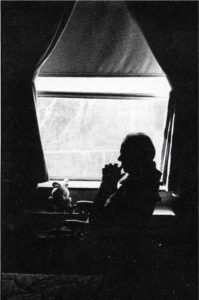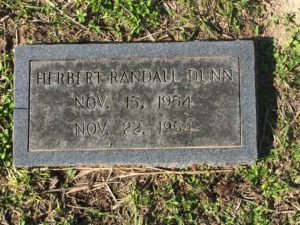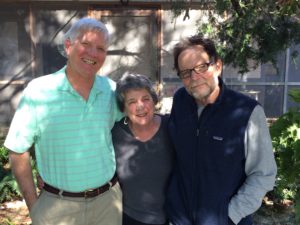“Oh. It’s the chaplain. How nice,” she greeted me as I entered her room at the nursing home. Mable was often alone in her room by choice. She was blind and over 100 years old.
This is the same Mable from my book, who, when I asked her, “How do you live to be 102?” responded, “Just keep breathing!”
I thought of Mable as I listened to a recent GeriPal podcast titled “Loneliness and Social Isolation: Podcast with Carla Perissinotto and Ashwin Kotwal.” (“GeriPal,” as in, Geriatrics and Palliative Care.)
As I said, Mable was often alone in her room, isolated. But was she lonely? I don’t recall if I ever asked her. The researchers on the podcast did point out that some elderly folks may be isolated but not lonely.*
Listening to the podcast, one particular visit with Mable came to mind. When I walked into her room, she was in bed, her eyes closed. I gently touched her hand and quietly said her name, “Mable.” She opened her blind eyes suddenly, startled.
“I didn’t mean to scare you,” I assured her.
“That’s okay. I was in my dream world,” Mable said.
“What’s it like in your dream world?” I asked.
“It’s wonderful!”
A couple of quotes from the podcast:
“Loneliness is different than isolation and solitude. Loneliness is a subjective feeling where the connections we need are greater than the connections we have. In the gap, we experience loneliness. It’s distinct from the objective state of isolation, which is determined by the number of people around you.” – Vivek Murthy, two-time (and current) U.S. Surgeon General.
“Loneliness and isolation…are linked with pretty serious health outcomes.… [We] demonstrated that over a six-year period, people that reported higher rates of loneliness had higher risk of dying, 45% increased risk of dying, and 59% increased risk of loss of independence and functional decline, outcomes that are significant and important to our patients.”
Fighting Covid AND loneliness

Photo by Hank Dunn, Fairfax Nursing Center
Now keep in mind, the researchers completed their findings BEFORE the pandemic. COVID made their research even more relevant. Nursing homes kept residents in their rooms, and facilities were closed to visitors to prevent the spread of the virus. This isolation may have reduced deaths by COVID but, perhaps, invited death by loneliness.
There must be a better way to mitigate the risk of both these health threats. Yes, we need to avoid the spread of COVID among residents and staff. And, so too, loneliness.
*“Loneliness in Older Persons: A Predictor of Functional Decline and Death,” JAMA Internal Medicine; July 23, 2012. “The epidemiology of social isolation and loneliness among older adults during the last years of life, ” Journal of the American Geriatrics Society; July 11, 2021.

 My wife, Sally, and I decided to watch the 1991 movie, The Prince of Tides, for a date night at home. I had forgotten how sad, tragic, yet hopeful the film was. The next day, having lunch with a friend, we mentioned we watched it. Our friend said, “That is my favorite movie.”
My wife, Sally, and I decided to watch the 1991 movie, The Prince of Tides, for a date night at home. I had forgotten how sad, tragic, yet hopeful the film was. The next day, having lunch with a friend, we mentioned we watched it. Our friend said, “That is my favorite movie.” It had been thirty years since we had seen it, and it was a little circuitous how The Prince of Tides came up on our radar. In researching the late Doug Marlette, creator of my favorite comic strip, Kudzu (
It had been thirty years since we had seen it, and it was a little circuitous how The Prince of Tides came up on our radar. In researching the late Doug Marlette, creator of my favorite comic strip, Kudzu ( So, on Thanksgiving 1996, 42 years after his death, we had a funeral for my brother. Mom, Dad in his wheelchair, my brother, his wife, my daughter, and I gathered at the grave. I read the words of committal (“Ashes to ashes, dust to dust”) and Psalm 23 (“The Lord is my shepherd”), we said the Lord’s Prayer, and I stammered through a prayer about Randy.
So, on Thanksgiving 1996, 42 years after his death, we had a funeral for my brother. Mom, Dad in his wheelchair, my brother, his wife, my daughter, and I gathered at the grave. I read the words of committal (“Ashes to ashes, dust to dust”) and Psalm 23 (“The Lord is my shepherd”), we said the Lord’s Prayer, and I stammered through a prayer about Randy.

